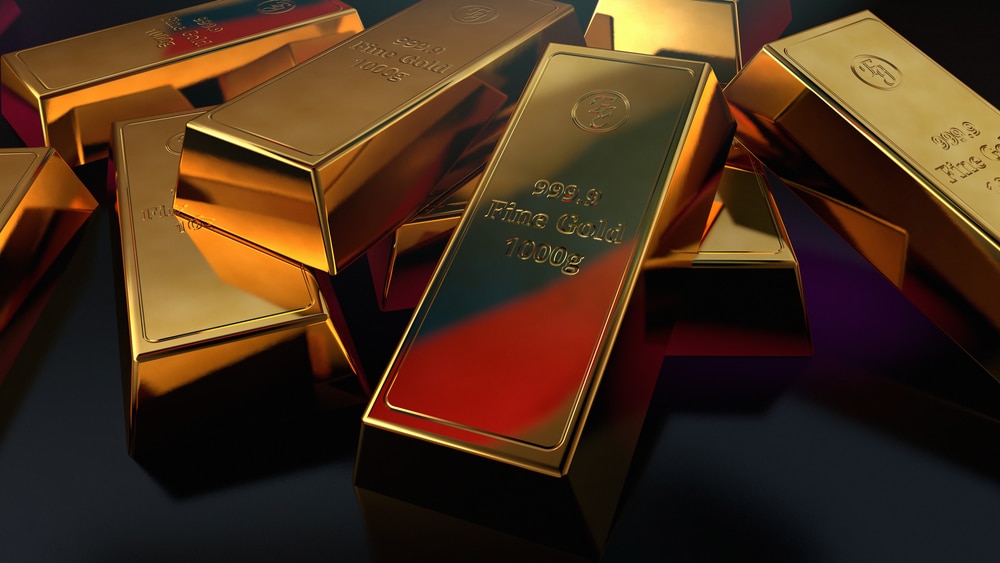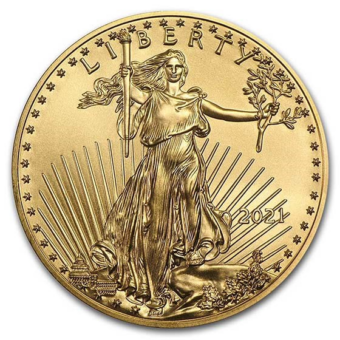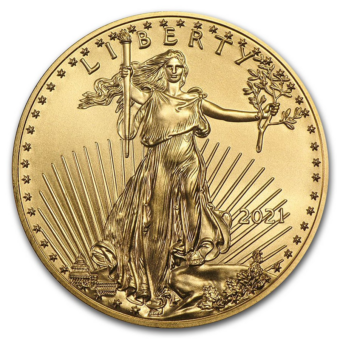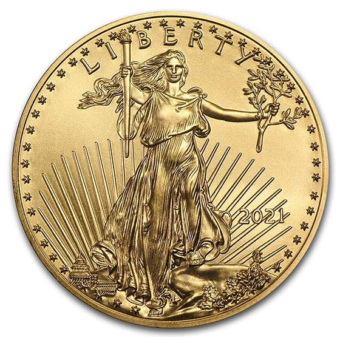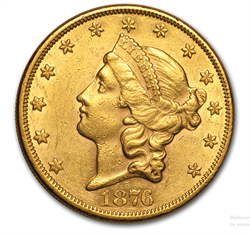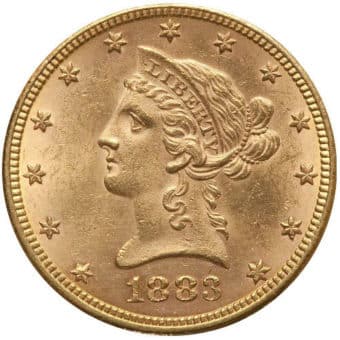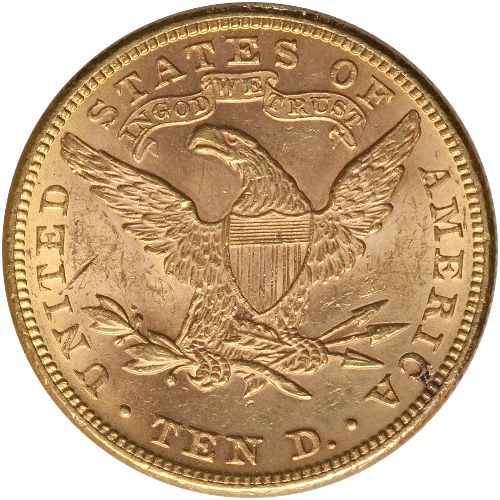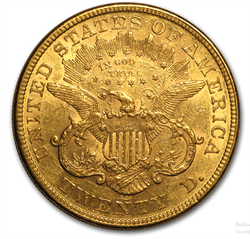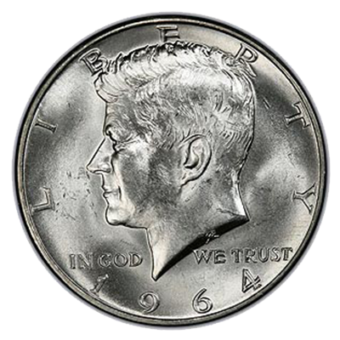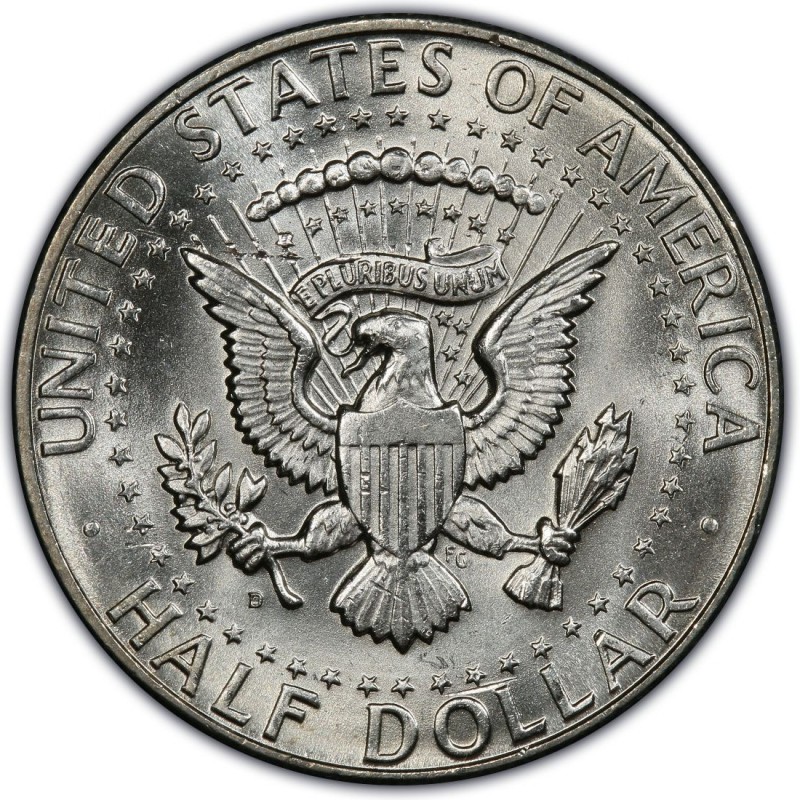You know better than anyone that the market waits for no one. An extraordinary week of fluctuations in the Gold and Silver markets has just passed, filled with unpredictable turns and golden opportunities. Find out why gold prices declined and then revived, and why silver prices took an unexpected plunge. Learn about the Central Banks' gold buying spree and the emerging prospect of a gold revaluation! Don't miss out on other critical information curated to give you a comprehensive, informed, and forward-thinking perspective.
Dive into our complete recap of the week and arm yourself with knowledge that can make a difference to your accumulations and holdings! 💰👈
Here’s What Happened in the Gold Market This Week - Day by Day
This week had a lot going on, especially in the financial markets.
On Monday, the price of gold declined as the markets contemplated the Federal Reserve's recent communication. Gold dropped by $8 to $1952, while silver also decreased by 25 cents to $24.03. During a press conference, a journalist questioned the Fed's decision to pause and signal future interest rate hikes instead of raising rates immediately. The fund manager Van Eck noted that the current bull market for gold has been characterized by unpredictable fluctuations, unlike the steady trends of the past. He emphasized that the world is facing significant risks, including health crises, conflicts, social unrest, and financial pressures, which are comparable to the factors that drove previous gold bull markets.
On Tuesday, gold slightly increased as market participants reflected on the anomaly of the Federal Reserve signaling higher interest rates to a skeptical financial community. Gold rose by $3.50 to $1955, while silver declined by 20 cents to $23.87. The Fed's history of implementing easy money policies during crises, which have eroded the purchasing power of the dollar since 1971 and contributed to the upward trend in gold prices, justifies the skepticism. Gold has delivered an average annual return of 7.7 percent in U.S. dollar terms since the detachment of the dollar from the gold standard in 1971, indicating a cumulative devaluation of 97 percent for the dollar relative to gold, according to precious metals specialist Eric Strand. He considers gold as an unchanging benchmark for measuring the development of fiat currencies.
On Wednesday, gold traded sideways in quiet summer trading as market participatns awaited Federal Reserve Chairman Powell's Congressional testimony later in the day. Gold experienced a $2 decline, reaching $1936.50, while silver dropped by 10 cents to $23.11. Despite recent challenges in the gold market, including a reduction in central bank gold reserves reported by the IMF, UBS remains optimistic, projecting potential upside for gold with a target of $2,100 by year-end and $2,250 by mid-2024. UBS believes that central bank demand for gold will remain healthy, attributing the reported decline in reserves to specific local dynamics rather than a long-term shift in central banks' enthusiasm for the precious metal.
On Thursday, gold slightly declined as the markets continued to assess the direction of Federal Reserve (Fed) policy, while the summer lull persisted. Gold experienced a $3 drop, reaching $1931, while silver declined by 2 cents to $22.70. Ross Norman from Metals Daily aptly described the current market situation, stating that gold's price movement is more akin to a feather than an arrow, responding negatively to the Fed's recent hawkish stance. Nicky Shiels from MKS Pamp commented on the slow news cycle and the prolonged period of uncertainty for gold, suggesting that a downward rerating may be imminent. She attributed the recent $30 decline to "predatory shorts" that entered the market following the strong housing report from the previous week.
On Friday, gold experienced an upward turn as speculative selling related to rate-cut trades appeared to slow down, at least initially. While gold is down 2% for the week and silver is down nearly 6.5%, the year-to-date performance shows gold up 5.1% and silver down 6.6%. The challenges posed by major central banks adopting a hawkish stance and the strength of the US Dollar have impacted gold, but there are signs of a potential recovery. Rate hikes by several central banks and the US Dollar's resilience, supported by hints of further interest rate increases from Federal Reserve Chair Jerome Powell, have affected the price of gold. However, gold remains a sought-after safe-haven asset given ongoing economic concerns and cautious sentiment in equity markets.
Central Banks’ Gold Buying Spree: It’s All About Revaluation
In recent years, central banks have been rapidly accumulating gold, representing a significant shift in their historical selling behavior. This trend is driven by emerging markets and developing economies, such as Russia and China, which aim to protect against foreign seizures and reduce dependence on the US dollar. Gold's intrinsic value, stability during turbulent times, and its role as a hedge against inflation make it an attractive asset for central banks. However, beyond these conventional reasons, there is speculation that central banks are accumulating gold to offset their massive losses. By leveraging the increased value of gold holdings, central banks could potentially write off sovereign debt and provide relief to their governments. More compellingly, there’s the possibility of a gold revaluation, where central banks could use the unrealized gains from their gold holdings to bolster their balance sheets. While the concept of a gold revaluation remains speculative, the unprecedented gold buying spree by central banks suggests a hidden motive beyond the conventional reasons for gold accumulation.
Gold Holds Firm as US Manufacturing Contracts and Service Sector Plateaus
Gold prices are holding near-session highs as the U.S. manufacturing sector experiences a deeper contraction while the service sector shows stagnant activity. The S&P Global Flash U.S. manufacturing PMI data for Friday fell sharply to 46.3, the lowest level in six months, while the service sector PMI remained in expansion territory but slowed to 54.1. Despite this economic data, gold saw solid bullish momentum as it rebounded from a four-month low, benefiting from the shifting momentum in the U.S. dollar. August gold futures traded at $1,944.40 an ounce, up 1% for the day. While the manufacturing decline raises concerns, Chris Williamson, chief business economist at S&P Global Market Intelligence, believes that service sector spending remains a key driver of resilient economic growth, though further rate hikes could dampen the sector's performance. The report also highlights a drop in the overall rate of selling pressure, providing some encouragement amidst inflationary pressures and labor market tightness.
Poland's Central Bank Boosts Gold Reserves to Record Levels with 19-Tonne Purchase in May
The National Bank of Poland has set a new record for its gold reserves, adding 19 tonnes of gold in May, following a previous purchase of 15 tonnes in April. Central banks worldwide, including the Reserve Bank of India, Czech National Bank, Russia, and the Kyrgyz Republic's central bank, have also been increasing their gold reserves. Analysts suggest that central bank demand for gold remains strong, providing crucial support to the precious metal amidst rising interest rates and inflation concerns. The ongoing trend of central banks diversifying away from the U.S. dollar and geopolitical uncertainties are cited as key factors driving this sustained demand.
The Influence of Currency Perspectives on Gold Price Interpretation
Traders' perspectives on gold prices can vary significantly based on the currency they think in, leading to different interpretations of the market. While US-based gold traders focus on the dollar price and perceive resistance at the August 2020 high, traders who think in euros may see that level as surpassed. Similarly, traders using the Chinese yuan or Japanese yen as their reference currency observe different price patterns and trends. The existence of diverse interpretations complicates the identification of static support or resistance levels on dollar-based charts, as these levels may hold less significance to a global audience of gold traders. Recognizing the varying perspectives and behaviors of traders is crucial when analyzing gold price movements across different currencies and chart types.
Gold Steadies Despite Hawkish Fed Testimony, but May Risk Deeper Pullback
Gold remains relatively stable in the face of a hawkish testimony by Federal Reserve Chair Jerome Powell, finding support at $1,940 after falling below $1,950. However, MKS PAMP's Nicky Shiels warns that the longer gold trades without new catalysts, the more vulnerable it becomes to a potential further decline. The recent slower news cycle and lack of significant developments have raised concerns of a near-term downward rerating for gold. The $1,940-$1,950 range, coinciding with the 100-day moving average, is viewed as a bear trap, but persistent factors such as aggressive central bank gold buying, robust physical demand, and retail coin and bar purchases continue to provide support for a potential gold rally. However, signs of weakness, including ETF outflows, lack of discretionary account interest, and soft physical Chinese demand, could tip the scales toward a selloff. The upcoming testimony by Powell and the Bank of England rate decision, along with gold's performance at the end of the second quarter, will offer further insights into the price direction for the summer months.
Silver Market Plunges as US Dollar Strengthens, Threatening Support Levels
The silver market experienced a significant decline in trading on Wednesday, breaking through the 200-Day EMA (Exponential Moving Average). The strengthening of the US dollar exerted downward pressure on silver futures, leading to a tumultuous market. The 61.8% Fibonacci level is currently being tested, and if it is breached, further downward pressure may push silver towards the $22 level. A drop below $22 could trigger a cascade of selling, potentially driving silver down to $20. The US Dollar Index's negative correlation with silver suggests that ongoing US dollar strength will continue to impact the precious metal adversely. Industrial demand for silver also plays a role, further complicating the outlook. Volatility is expected in the silver market in the coming days, with clarity needed to determine the next significant move.
What’s Going On Next Week?
Monday, June 26:
There are no economic reports scheduled for this day, indicating a quiet start to the week with no fresh data for the financial markets to consider.
Tuesday, June 27:
The day is set to begin at 8:30 am with the release of the Durable Goods orders for May. This will be followed by the disclosure of the S&P Case-Shiller home price index for 20 cities at 9:00 am, offering insight into April's housing market performance. Later at 10:00 am, the day continues with two simultaneous reports: the New Home Sales for May and the Consumer Confidence report for June.
|
Why Precious Metals Buyers Care Precious metals buyers pay attention to these reports as they provide a snapshot of the overall economic health, which can directly impact the prices and demand for precious metals. Durable Goods Orders provide information about the manufacturing sector's health, often correlated with industrial demand for precious metals. The S&P Case-Shiller home price index offers insights into the housing market, reflecting consumer confidence and economic vitality, which can influence gold prices as a safe haven asset. Similarly, New Home Sales can signal economic momentum, affecting precious metals' industrial uses. Lastly, the Consumer Confidence report reflects overall economic sentiment and spending habits, which can impact demand for precious metals either as a hedge against economic uncertainty or for luxury goods like jewelry. The interplay of these indicators can sway precious metals prices, making these reports crucial for buyers. |
Wednesday, June 28:
Wednesday's schedule includes only one report - the Advanced U.S. Trade Balance in goods, set for release at 8:30 am.
|
Why Precious Metals Buyers Care Precious metals buyers closely watch the Advanced U.S. Trade Balance in goods report because it reflects the difference between imports and exports of physical goods, which is a key indicator of economic health. A nation with a trade deficit is importing more than it exports, which can weaken the domestic currency, potentially boosting the attractiveness of precious metals as an alternative store of value. On the other hand, a trade surplus could strengthen the currency and put downward pressure on precious metals prices. This report can therefore have a significant impact on the price and demand for precious metals, making it an important data point for buyers. |
Thursday, June 29:
On Thursday, the Initial Jobless Claims for the week ending on June 24 will be the first report of the day, released at 8:30 am. This will be followed by the Pending Home Sales report for May at 10:00 am.
|
Why Precious Metals Buyers Care Precious metals buyers pay close attention to these reports as they provide key insights into the health of the job market and the real estate sector, which are significant indicators of overall economic stability. The Initial Jobless Claims report shows the number of individuals who have filed for unemployment benefits for the first time, serving as a real-time gauge of labor market conditions. If jobless claims are rising, it could indicate economic weakness, potentially increasing demand for precious metals as a safe-haven asset. Conversely, falling jobless claims might suggest economic strength, which could lessen the appeal of precious metals. The Pending Home Sales report, which tracks signed contracts to purchase previously owned homes, provides insight into the housing market. A robust housing market suggests a healthy economy, potentially reducing the allure of precious metals. Conversely, a weak report may increase demand for precious metals as a hedge against economic instability. |
Friday, June 30:
Friday is a big day with the PCE slated for release at 8:30 am. Concluding the week, the final Consumer Sentiment report for June will be published at 10:00 am.
|
Why Precious Metals Buyers Care Precious metals buyers are very interested in these reports as they offer insight into consumer spending and overall economic sentiment, both of which can significantly influence the prices and demand for precious metals. The PCE, or Personal Consumption Expenditures, is a measure of price changes in consumer goods and services. It is the Federal Reserve's preferred gauge of inflation. If the PCE indicates rising inflation, precious metals like gold can become more attractive as a hedge against eroding purchasing power. Conversely, lower inflation could decrease the appeal of precious metals. The Consumer Sentiment report reflects the overall economic optimism or pessimism of consumers. If consumer sentiment is low, it can signal economic uncertainty, potentially boosting demand for precious metals as safe-haven assets. Conversely, high consumer sentiment could imply a stronger economy, which could diminish the need for precious metals as a hedge, exerting downward pressure on prices. |


